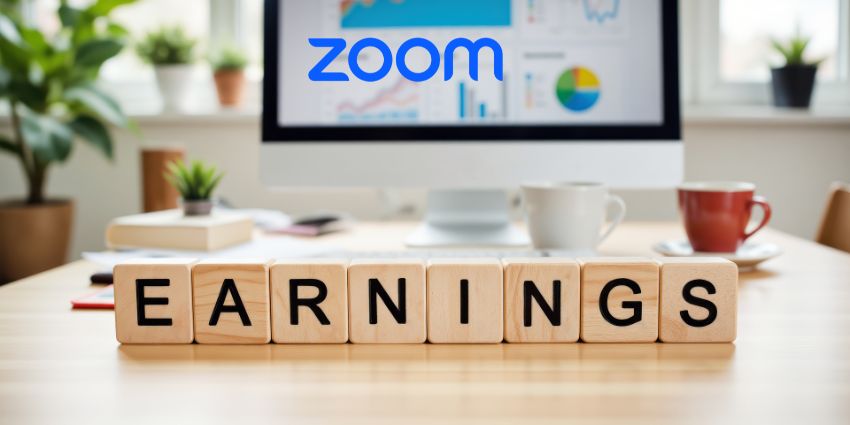OpenAI is officially putting its chatbot into group conversations.
The company has begun piloting ChatGPT group chats, a feature that lets multiple people – and the AI itself – interact in one shared conversation.
The rollout is currently limited to users in Japan, New Zealand, South Korea, and Taiwan – across Free, Go, Plus, and Pro plans on both mobile and web.
“Whether you’re organizing a group dinner or drafting an outline with coworkers, ChatGPT can help,” the company said.
“Group chats are separate from your private conversations, and your personal ChatGPT memory is never shared with anyone in the chat.”
This marks a significant shift for ChatGPT, which has traditionally focused on one-to-one interactions.
Now, OpenAI is stepping into the complex world of group threads, where planning trips, debating ideas, and coordinating projects can often lead to confusion, overlapping messages, and repetitive information.
With ChatGPT joining the conversation, OpenAI hopes to streamline these discussions and make group interactions more productive.
How ChatGPT Group Chats Work
Starting a group chat is simple.
Users tap the new people icon in the corner of any chat and invite participants either manually or via a shareable link.
Each person sets up a short profile with a name, username, and photo, making it easier to identify speakers.
Group chats live in a dedicated sidebar for quick access, allowing users to keep track of conversations without losing context.
The feature is powered by GPT-5.1 Auto, which automatically selects the most appropriate model based on the user’s plan and the task at hand.
All the familiar ChatGPT tools are available in group chats, including search, file uploads, image generation, and voice dictation.
Rate limits apply only to ChatGPT’s responses, not to human messages, meaning conversations can flow freely without worrying about message caps. OpenAI has also trained the AI to understand group dynamics.
ChatGPT will “listen” to the conversation and decide when to respond or stay quiet, reducing the risk of interrupting natural discussions.
It can also react to messages with emojis or use participants’ profile photos when generating images, adding a personal touch to the interaction.
One potential limitation of the current pilot is how new participants are added to existing chats. When someone is added, ChatGPT duplicates the conversation into a new group thread, leaving the original chat separate.
While this maintains privacy, it could quickly clutter the sidebar if many users are joining ongoing conversations.
Group chats do not access or share personal ChatGPT memory, and the AI does not create new memories from group interactions.
Both OpenAI and competitors like Continua – an earlier startup founded by ex-Googler David Petrou – strip identifying information from conversations before using them to train future models.
Additionally, minors receive extra content filtering, and parents can turn off group chats entirely through parental controls.
Why It Matters
OpenAI’s push into group chats represents a move towards a world where AI becomes an active participant in human social interactions.
The feature is aimed at reducing the friction that often comes with coordinating plans, debating ideas, or collaborating on projects.
In theory, ChatGPT can streamline tasks like planning a weekend trip, generating an itinerary, splitting responsibilities among team members, or even mediating friendly disputes – all while maintaining a shared context so everyone is on the same page.
CEO Sam Altman recently reported that ChatGPT now has 800 million weekly active users.
Even if a fraction of these users bring their friends or colleagues into group chats, it could substantially increase engagement and expand ChatGPT’s reach.
The company is betting that people will find value in having an AI participant in group settings, rather than relying on separate, one-to-one interactions with the chatbot.
However, integrating AI into social conversations is not without challenges – bots in group settings can feel awkward, akin to asking Siri or Alexa a question in front of friends.
The AI needs to understand when to intervene and when to stay silent, which may be a tricky balance.
Despite the potential for awkwardness, group chats also open up possibilities for improved productivity and collaboration.
The Future of Collaborative AI
ChatGPT group chats are still in the early pilot stage, and OpenAI has not announced when they will expand to other regions.
The launch is part of a broader trend in which AI is increasingly embedded into spaces traditionally reserved for human interaction.
OpenAI has already integrated ChatGPT with services like Tripadvisor, Peloton, and PayPal, and is experimenting with AI-driven web browsing through ChatGPT Atlas.
The new group chat pilot is another step in turning ChatGPT into a more interactive, socially aware assistant capable of participating in real-world tasks alongside multiple people.
If successful, group chats could transform how teams coordinate, how friends plan events, and how people brainstorm ideas together, all with AI as a collaborative partner rather than just a background tool.







